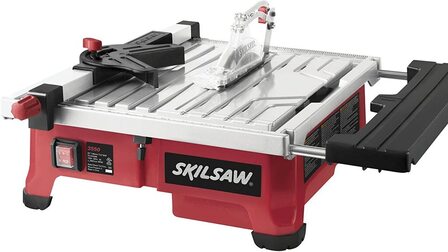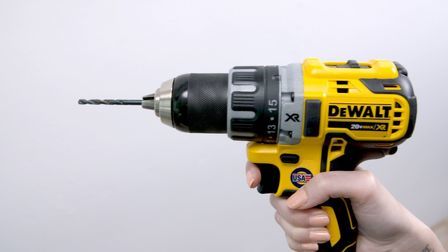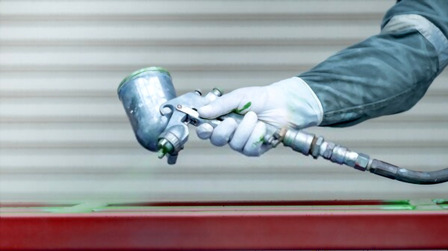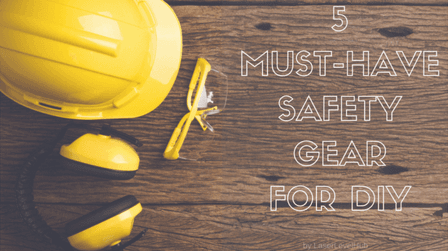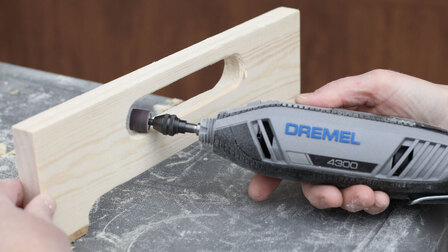Are you a homeowner who likes to take care of your home like a boss? Do you do the maintenance and installation of heating and cooling systems on your own? With only a little help from servicing professionals?
Are you looking to install or upgrade the floor heating system in your house to prepare for the punishing winters? Then, this definite guide will answer all your burning questions.

We have developed this comprehensive guide on underfloor heating systems (UFH) in a questions-and-answers format so that you can get a better idea about it. How it works, its different types, is retrofitting an option, the cost and overhead involved, what your neighbors are doing, is it worth it, and all those types of questions.
Short and straightforward answers by our in-house experts who have decades of experience in the American HVAC and heating/cooling industry.
Here’s the guide, broken down into sections for easier navigation.
The Basics of Modern Floor Heating
What is an underfloor heating system exactly?
An underfloor heating system is a mechanism where the floor screed (below the finishing) in a house or an apartment is equipped with a heating element so as to warm up the floors selectively.
Mostly advantageous in winter seasons and in places where it’s perennially colder throughout the year (the US state of Alaska, for example), an underfloor heating system keeps the inhabitants of a house warm and healthy and prevents the growth of mildew and molds inside.
An underfloor heating system can also be seen as a wiser alternative to radiators (that take up considerable wall space) and other room heating solutions that are bulkier, costly, and ineffective.
What are the different types of floor heating systems?
There are essentially two types of floor heating systems:
- Warm water underfloor heating
- Electric heating (radiant floor heat mat)
Warm Water Underfloor Heating
Also known as wet floor heating, this basically involves the installation of pipes (around 1-2 centimeters in radius) beneath the floor finishing that cover the entire carpet area of the house.
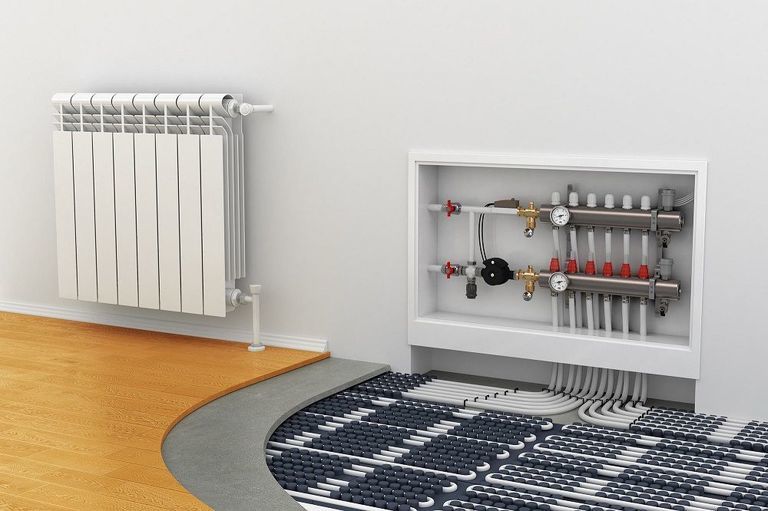
Warm water constantly flows through these plastic pipes (which form a loop around a heating system mainboard, like a geyser) which dissipate the heat through the insulation to the floor. Since you can adjust the temperature of the water, it is up to you to decide when the floor slab is warmed up.
Another subtype of this method is the surface-mounted system, where the existing floor is not cracked open but instead fitted on top of it. This, however, increases the floor height by a few centimeters.
Radiant Floor Heating System
This involves placing electricity-powered radiant heat mats beneath the floor. The floor matting – which can be easily placed inside existing flooring – is connected to the house’s electrical circuit and is operated by a common thermostat.
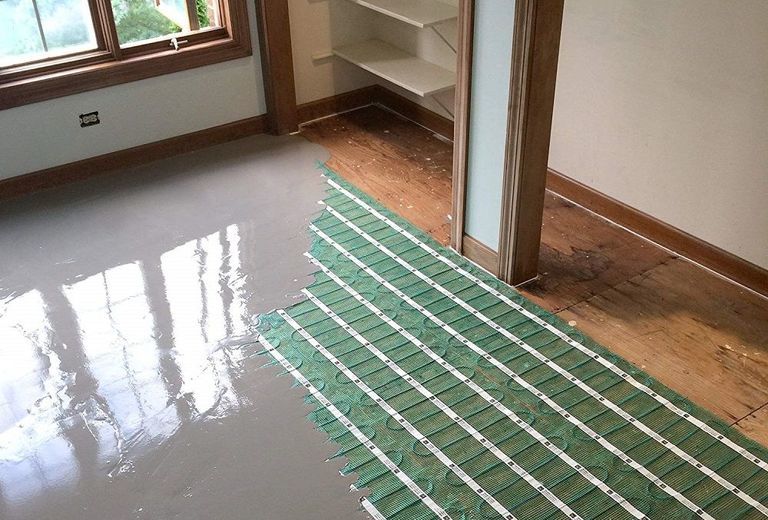
It can be retrofitted and is one of the most popular methods of underfloor heating. Radiant UFH is ideal for single rooms and is cost-effective to install. However, they are expensive to maintain and run (high power bill).
Is underfloor heating system a permanent solution?
Yes.
There are other secondary types of underfloor heating systems such as thermal breaks, makeshift/portable electric heaters, bare house insulation, and commercial floor heaters like toe-tick and space heaters.
Although a lot of households prefer these methods for respite from cold floors for a brief period, the above-mentioned two methods provide permanent relief.
Once you install it in your house and provided you maintain it periodically, you are looking at a permanent solution for the problem of cold floors.
Unlike air conditioners, you also do not need to refill any material (like coolant). So, the maintenance cost is often nominal.
What are the advantages of an underfloor heating system?
Wet floor heating is the most energy-efficient and cost-effective way to warm up cold floors. They require very low maintenance and do not much add up to bills.
On the other hand, radiant heating provides better warmth in cold climates due to the high heat dissipation of heat mats, and therefore, are cost-effective from a long-term point of view.
If you live in an apartment or have rooms on the first or second floors, then radiant heating is the better choice.
What are the disadvantages of an underfloor heating system?
Wet floor heating requires the entire floor to be overhauled and fitted with pipes and associated system, which makes it unsuitable for pre-built homes. They require the cement creed mandatorily for better heat dissipation. This sometimes shoots up the cost and effort.
If you are building a new house or are planning to overhaul your existing house, then this is a perfect choice.
Users can alternatively go for surface-mounted wet floor heating system where the floor height is elevated by 2-3 centimeters (this is the case for both types – surface-mounted or not). This is also a popular method amongst American households but is costlier than the original method.
Pro Tip – Many users suspect that wet underfloor heating systems are prone to leakage, but this is not true. Unless there is a perforation in the pipes (by rodents), you can expect complete dryness both below and above the structure.
Electric heating is not energy-efficient (due to high power bills). If you can handle the spike in electricity bills, this is a perfect choice. This is the reason why they are preferred for individual rooms and homes that are already built.
How do I control the temperature?
All underfloor heating systems come with controls where you can switch it ON and OFF and also manually control the temperature. These usually come with remote control.

Since it often takes a lot of time to heat up an entire house, it is important that you go for programmable controls.
It may also be wise to check out automatic systems which can be integrated with your house’s central system (Amazon Echo, for example).
What type of insulation am I looking at?
This will completely depend on the type of heating system you choose, the levels of the rooms, and the pre-existing conditions of the floor and the rooms.
Foam-based insulation and polystyrene-type insulation are very common in the US, with users even going for differential insulation depending upon the rooms.
We would ideally recommend going with radiant heat mats because some models already come with insulation (as part of their design). With these, you don’t have to worry about the insulation.
Is underfloor heating system essential?
Do you already have a room heating system? If yes, then it’s natural that this question has come to your mind.
According to our experts, you must look at underfloor heating as a standalone system. Since most of the heat generated from your room heat is dissipated upwards, in cold climates, your feet will bear the brunt.
When you install an underfloor heating system, it works in tandem with the room’s heater to give you the perfect thermal atmosphere inside the house.
This, again, depends on the thermal performance of your house. You will have to make heat-loss and dissipation calculations to find out the best way to go ahead.
Conclusively, we believe that an underfloor heating system is paramount to any household as global temperatures are only going to drop in the winter due to climate change.
Typically, a UFH and radiators should go hand in hand for the best thermal output in your house.
Can underfloor heating system replace radiators?
As mentioned in the previous answer, both UFH and radiators/boilers should go hand in hand for the perfect indoor heating solution. However, if cold floors are your only problem and if you can achieve enough warmth through UHF, you can completely get rid of radiators.
Make sure you base this decision on heat-loss calculations and the thermal equilibrium of your house rather than on other factors like cost and usage.
Underfloor Heating Installation FAQs
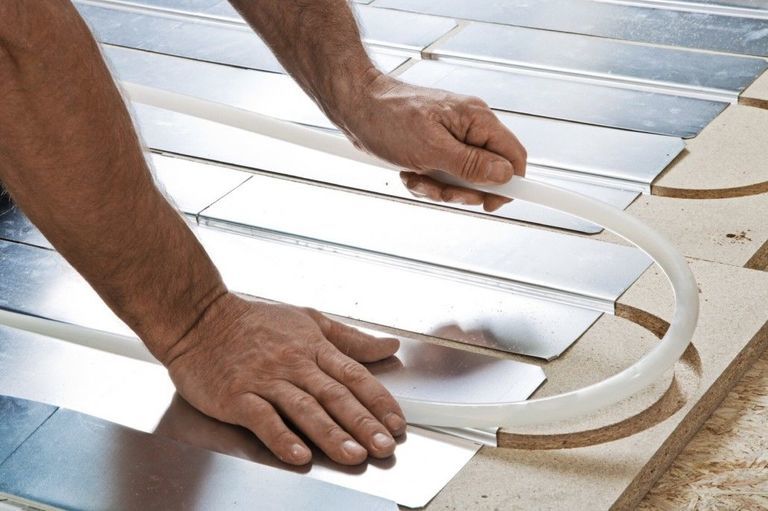
What factors does the installation of a UFH depend on?
- Type, size, and volume of house/rooms (stories)
- Type of UFH
- Insulation requirement and ventilation
- Costing and maintenance ability
- Heat loss calculations and current thermal performance of the house
Can I retrofit it?
You can easily retrofit radiant and wet surface-mounted heating systems. Wet water UFH (with pipes) is difficult to install on pre-built floors.
Nonetheless, there are users who go for the piped structure because of its cost-effectiveness in the long run.
Can I install it in my old house?
If your old house has historic concrete flooring, then installing a UFH will require extensive calculations about the thermal atmosphere of the room.
When installing a UFH, the most important thing is to not damage the equilibrium of the house. You may have installed the best system in the local market and yet the warmness in the house may not be up to the mark. This is because factors like ventilation, type of wall material, etc. are all taken into consideration.
Poor insulation or installation may give rise to dampness and growth of mold in the long run.
Can I do it DIY-style?
Yes, but it will require proper planning from your side.
If you are a DIYer, then you need to start with the floor plan and then move on to the materials bit. Collaborating with a contractor or contracting company for partial support is recommended.
How big of a system will I need?
This will depend on the area of your house and how much of that you want to cover. There has to be a proper calculation based on the area, ventilation, insulation, and existing heating systems in the house to come at a balance.
The idea that a bigger system will be more efficient and give you more heat is not true.
What are the best types of flooring for UFH?
Laminate, vinyl, stone, ceramic, wooden, and slate are the top choices for flooring and subflooring.
Engineered wood, linoleum, and carpeted floors are also eligible for UFH.
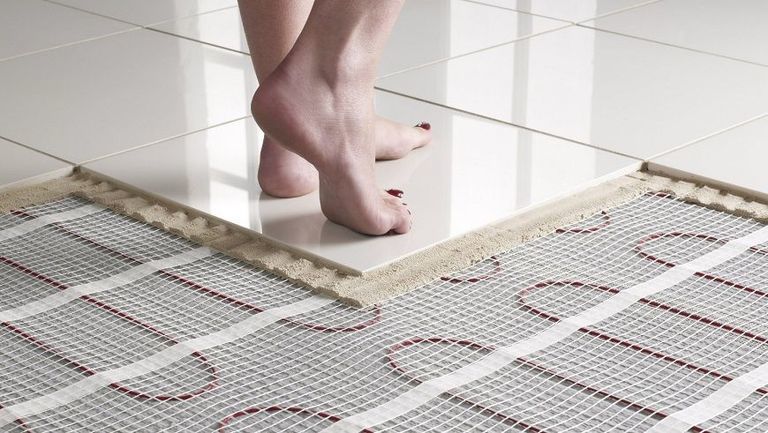
Can I install it under wooden flooring?
Yes.
As opposed to the common belief that installing UFH under wood will give rise to its warping, it is actually a great way to keep wooden floors warm.
There is no leakage or condensation from these systems, which do not affect the longevity of wood in any way.
How much time am I looking at?
It depends on the area of the house and the type of UHF. If you are retrofitting, the amount of time will increase since you also have to redo the flooring.
The duration also changes from contractor to contractor and also depends on how fast the workers install it. For a three-bedroom bungalow, it can take anywhere from 6 to 10 days for retrofitting a warm water underfloor heating system.
Can I install it on any floor (e.g. concrete floors)?
Yes.
Underfloor heating systems can be installed on any floor provided they can be ripped open and refinished later. The only problem you will foresee is the overhead cost of redoing the flooring.
For concrete floors, wet UHF will be the better option whereas, for vinyl and laminates, we recommend radiant heating.
Underfloor Heating System Costing FAQs

What are the costs involved in installing a UFH?
The total cost for UFH is calculated on the basis of the type, area (square feet) to be covered, the overall installation, and overhead (power bills).
If you are in the US, you are looking at anything above $150 per square meter for warm water systems and a third of that for radiant mats. As noted earlier, radiant mats are cheaper to install but costlier to run and maintain.
One-time charges for the installation (preparation, underlay, and manual labor) and maintenance should also be taken into consideration.
Is it worth it?
For some households, cold floors are not really a problem. But, for others, it is a very big and must-solve problem. If you recognize yourself as the latter, then yes, UHF is totally worth the effort and price.
Make sure you take all the possible elements (as noted above) into consideration.
Both of these methods need to be run throughout the day to achieve a balanced temperature in the house. If you plan to only use it during winter and shut it off for other reasons, make sure you suggest this to your contractor.
What is the warranty duration like?
If you are doing it on your own, the warranty will be dependent on the quality of materials you use and the quality of the build.
If you have a contractor supervising the entire job, ask for a maximum warranty (up to 25 years) for water UFH and (up to 15 years) for radiant UFH.
Additionally, the warranty is subjective and comes not for the whole installation but in parts. For example, in warm water UFH, the pipes will be guaranteed for a certain duration and the setup for another. There is no way a contractor will give you a solid warranty for the entire setup.
What is the most efficient system?
Both systems are efficient.
However, according to our experts, the radiant heating system is the most efficient system in the market right now. It can be retrofitted, is easily customizable, and is cheaper to install. The only con is the high maintenance cost.
If you are building a new house or are looking to overhaul your existing hour, then you can also go for warm water UFH, which is the most energy-efficient.
From a humanitarian standpoint, we recommend wet UFH because of how it considers the climate change factor of Earth.
What about maintenance and upkeep?
We recommend you run maintenance checks at least once a year and once also during winter to detect any potential issues with the underfloor heating system.
Waiting for the issue to germinate into something bigger can set you back by a lot of dollars. Therefore, it is better to prevent them through thorough professional maintenance.
While warm water UHF is tedious to maintain and repair, electric heat mats do not require much maintenance.
Miscellaneous Questions
What is the ideal floor temperature in winter?
Around 20-degree Celsius. Most UFH systems maintain the temperature around this number.
In wet UFH, the temperature of the water is higher – usually in the range of 40-degree and 60-degree Celsius. The heat that this warm water dissipates above the floor is how the perfect number is achieved.
The higher end of that range is also the highest you can reach when it comes to UFH. This is to avoid overheating/boiling and any mishaps in that regard.
What is the best underfloor heating system according to experts?
If you are living in the United States (in colder states like North Dakota, Minnesota, Alaska, etc.), where you might require everyday heating, we recommend the radiant heating system. It has an upper edge over warm water underfloor heating systems because of its high energy and heat dissipation qualities.

Most modern households prefer radiant heat mats because they are easier to install, provide better indoor thermal performance, and can be directly connected to the central electrical unit.
Is underfloor heating bad for my health?
No.
There have been studies that suggest that warmed-up floors aid in blood circulation. Circulatory ailments can also be gotten rid of through UFH systems.
Is it safe?
Yes.
The concept of underfloor heating is safer than it theoretically sounds. The role of insulation is larger than most people imagine, which is why we recommend taking the consultation of experts while installing it in your house.
All such systems are installed if and only all the safety measures can be fulfilled.


